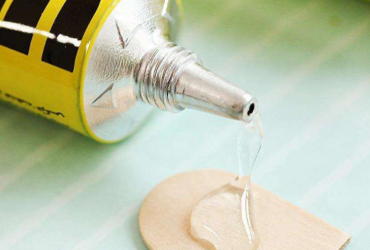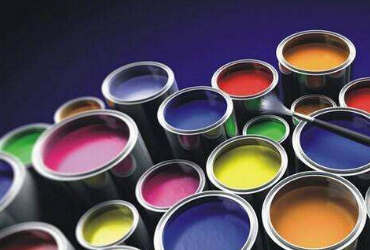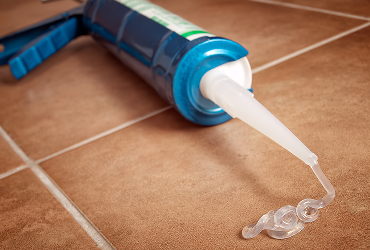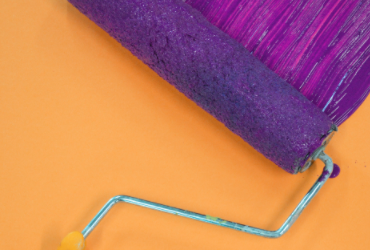1. The generation of bubbles in the coating and the principle of bubble stabilization:
During the production process of coatings, air will be involved to form air bubbles. Some raw materials in the coatings, such as surfactants and dispersants, will stabilize the bubbles.
Bubbles can also occur during the application of the paint, depending on how the paint is applied. For example: curtain coating can continuously entrap air in the paint, and airless spraying is also easy to entrap air, and it is easy to generate air bubbles when spraying under relatively low humidity conditions or under high temperature conditions.
The principle of foam stabilization:
Marangoni effect: (liquid reflux phenomenon caused by surfactants, counteracting the effect of gravity)
Electrostatic effect: The electrostatic repulsion of the surfactant thickens the liquid layer of the bubbles, thereby stabilizing the bubbles.
2. The working principle of defoamer
The defoamer works at or after the formation of the foam layer:
The uniformly dispersed defoamer penetrates into the foam elastic film and distributes in the film, and causes the thin layer to rupture through the reduction of surface tension.
The uniformly dispersed defoamer penetrates into the foam thin layer and forms a monomolecular film, which reduces its adhesion and is easy to break the thin layer.
There is a third mechanism for defoamers containing hydrophobic particles. These hydrophobic particles reach the surface of the sheet and adsorb the surfactant at the top of the sheet. The thin layer breaks down due to the absence of surfactant.
3. Selection and evaluation method of defoamer:
The defoamer must be able to spread quickly on the surface of the foam and penetrate quickly to make the foam burst quickly. The commonly used types of defoamers are silicones and polyacrylates.
Silicone defoamers are usually of the polysiloxane type. For example: polydimethylsiloxane containing acrylate functional groups and polyether-modified polydimethylsiloxane, etc. Silicones have high temperature resistance, low temperature resistance, stable physical properties, chemical inertness, and low surface tension, and are commonly used defoamers.
Defoamers such as polyacrylic acid are defoamed by changing the polarity and molecular weight of the polymer to cause selective incompatibility. The use of such defoamers needs to evaluate the impact on gloss.
To choose a suitable defoamer in the future, the process of foam generation in the system, the compatibility and concentration, temperature and viscosity of the system must be taken into consideration. Each of the above factors will have a direct impact on the choice of defoamer.
The evaluation of foam control agents mainly considers the following aspects: spreading rate; compatibility with the system; defoaming stability and cost performance. However, the above factors are often contradictory in a formula. For example, the defoamer with the best compatibility with the system often has the worst defoaming stability; the one with the worst compatibility often has the fastest spreading rate. quick.
Due to the diversity of coating raw materials and construction methods, defoamers need to be evaluated according to actual conditions.
1. Add the defoamer to be compared to the varnish according to a certain proportion, put it into a glass bottle, shake it in the oscillator for 5 minutes, take it out and observe it at the same time, and determine the defoaming ability of the defoamer according to the amount of foam ; After standing for 10 minutes/30 minutes, observe the height of the foam again and compare the defoaming speed;
2. Use a scraper fineness meter to scrape the paint solution to determine the compatibility of the defoamer with the system (with or without shrinkage);
3. After the foam in the system is eliminated, observe the clarity of the system to see if there are any phenomena such as turbidity, stratification, and oil slick;
4. Storage stability: After half a month, repeat the experiments of steps 1, 2, and 3, and confirm the long-term effect of the defoamer
5. Determine the amount to add.


2022-08-03



2022-07-06

2022-04-21